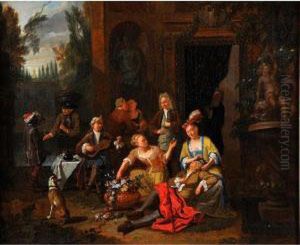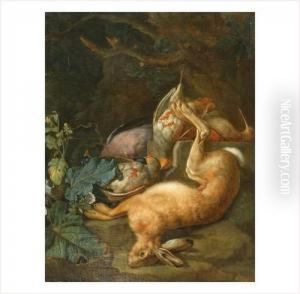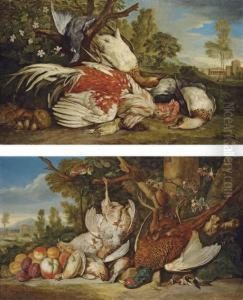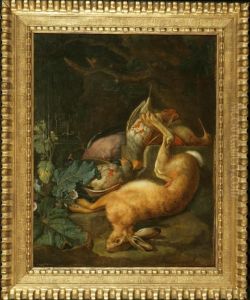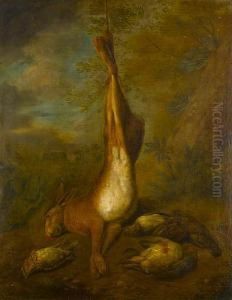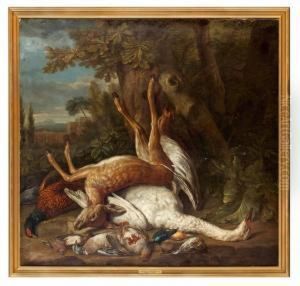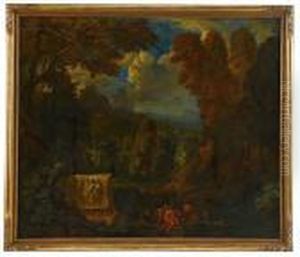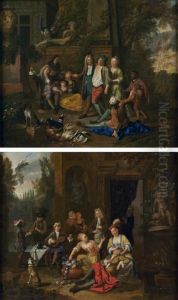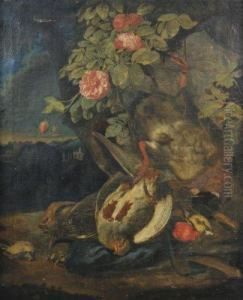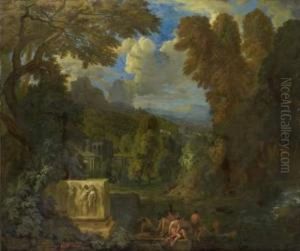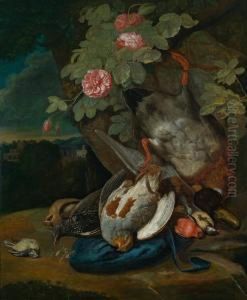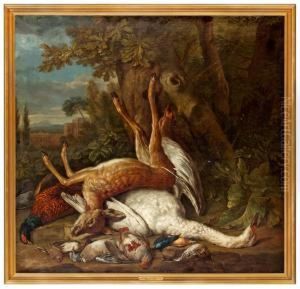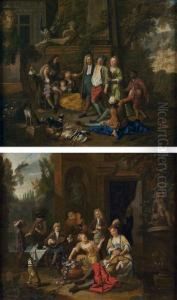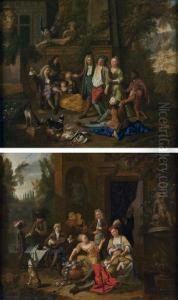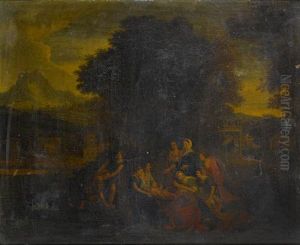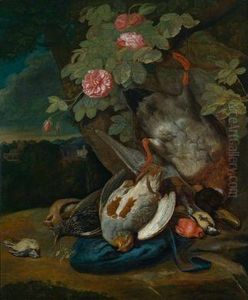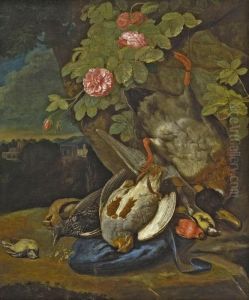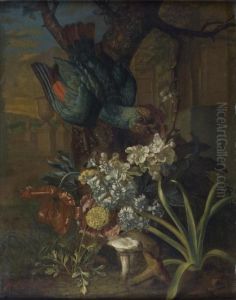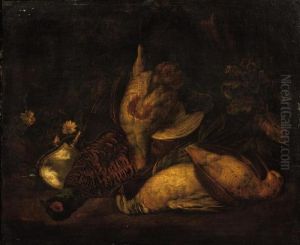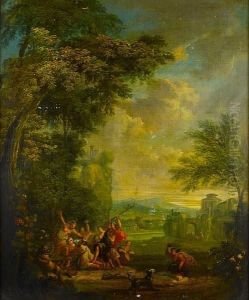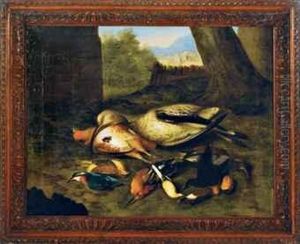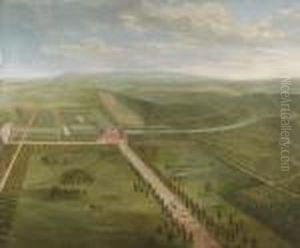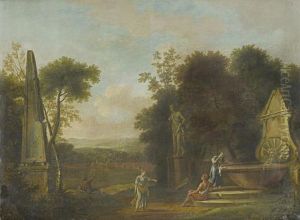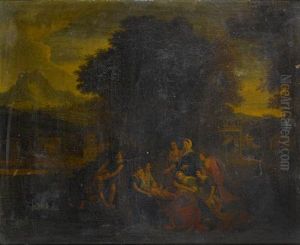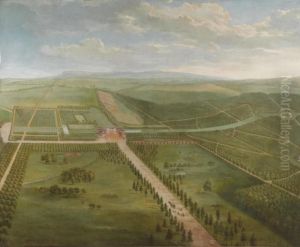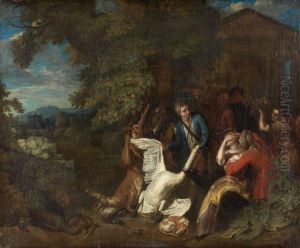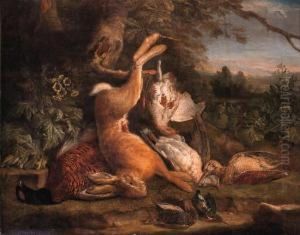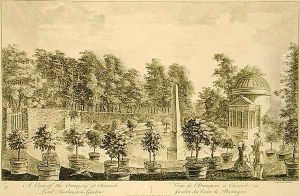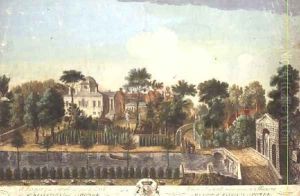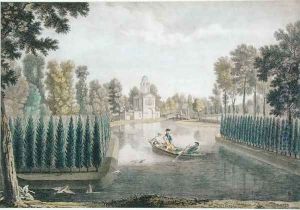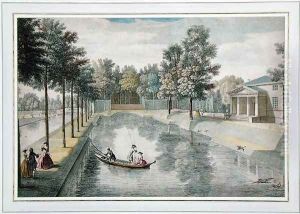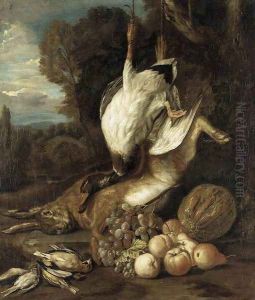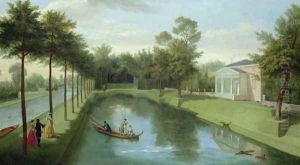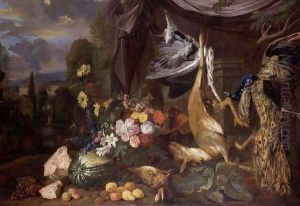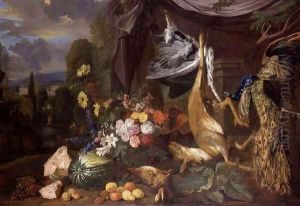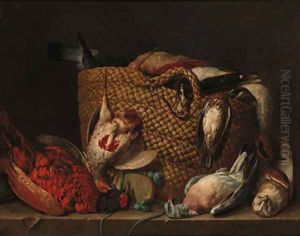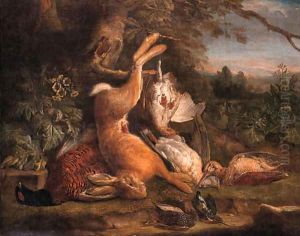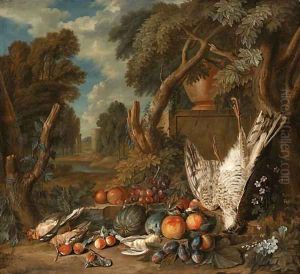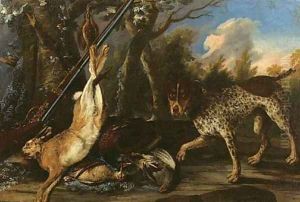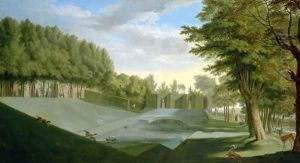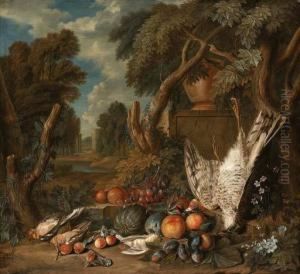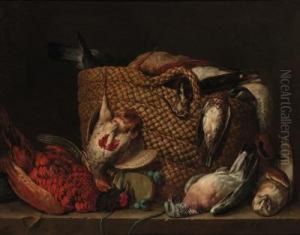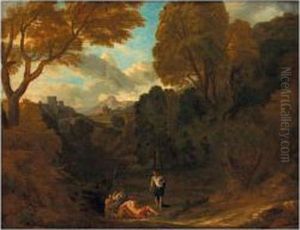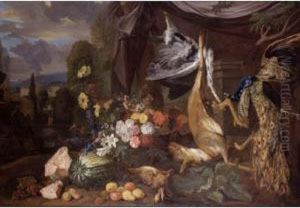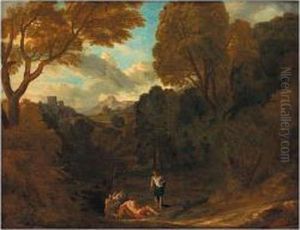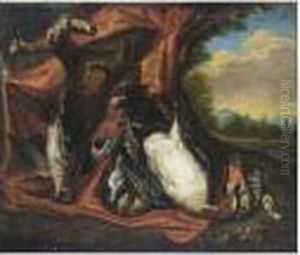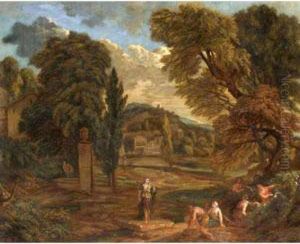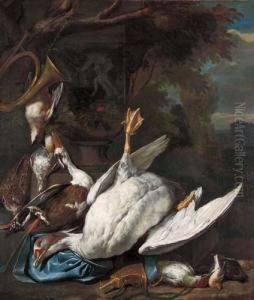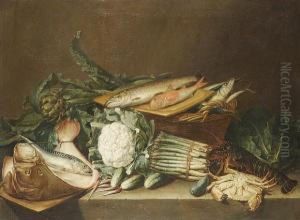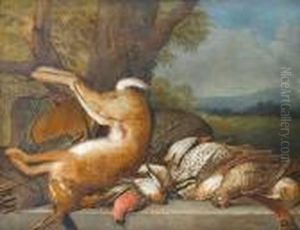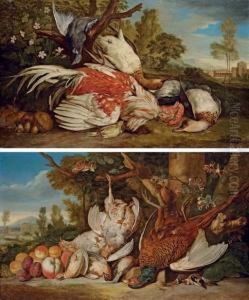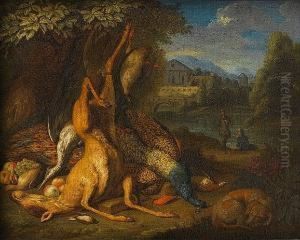Pieter Andreas Rysbrack Paintings
Pieter Andreas Rysbrack, a notable Flemish painter, was born in Antwerp in 1684. He was part of the Rysbrack family, which included several artists, such as his brother John Michael Rysbrack, a renowned sculptor. Pieter Andreas is primarily known for his work as a portrait and still-life painter.
His early life and training are not well-documented, but it is believed he received his initial artistic education from his family. Rysbrack’s work was influenced by the Flemish Baroque tradition, which is characterized by dramatic expressions, bold coloration, and vigorous brushwork. He was also influenced by the works of earlier Flemish masters such as Peter Paul Rubens.
Rysbrack moved to England around 1710 and spent most of his career there. In England, he gained recognition for his portraits and still-life paintings. His clientele included British nobility and gentry, for whom he painted not only portraits but also lavish still-life works, often featuring game and other luxurious items signifying the wealth and status of the owner.
Rysbrack’s work was characterized by a keen attention to detail and a strong sense of realism. His portraits were appreciated for their elegance and the lifelike representation of his subjects. Meanwhile, his still-lifes displayed a masterful use of light and texture to depict the various surfaces and materials of the objects he painted.
Despite the success he enjoyed during his lifetime, Pieter Andreas Rysbrack's reputation did not endure as strongly as some of his contemporaries. Nevertheless, his contributions to the arts during the early Georgian period in England are still recognized by art historians today. Rysbrack continued to work and live in England until his death in 1748. His works can be found in various art collections and museums, offering a glimpse into the richness of the Flemish artistic tradition and its influence on the British art scene in the 18th century.
